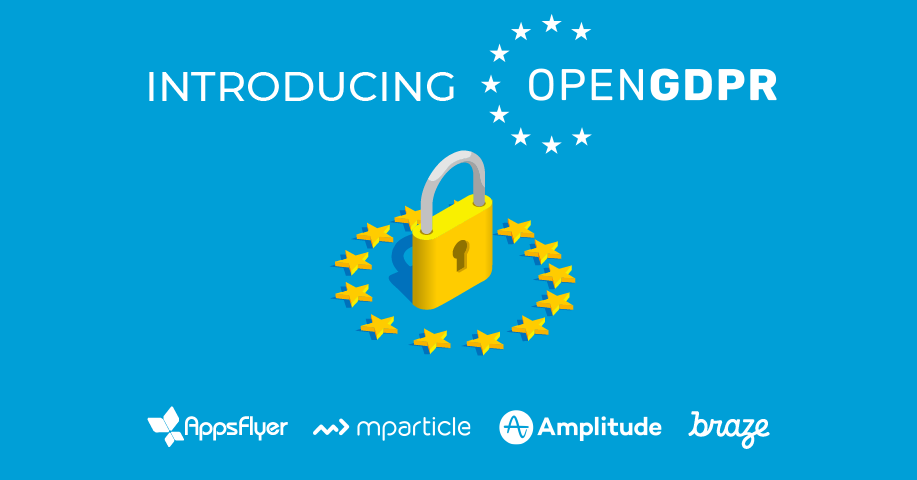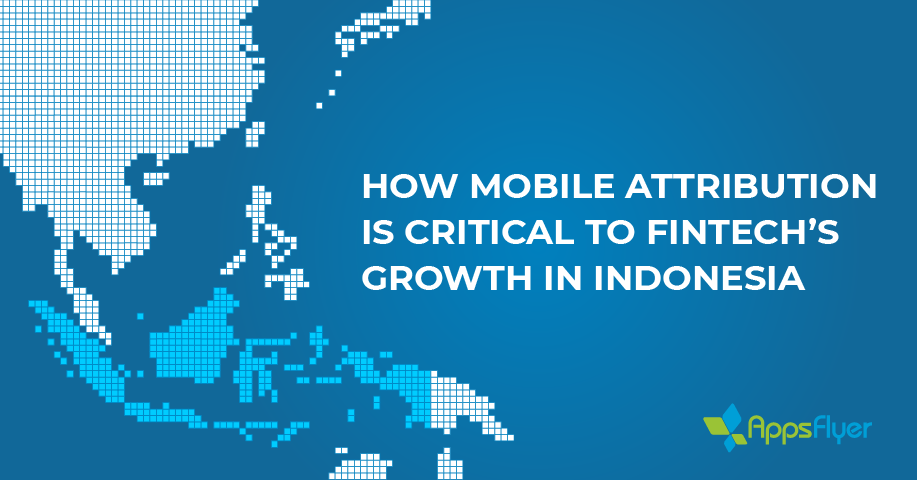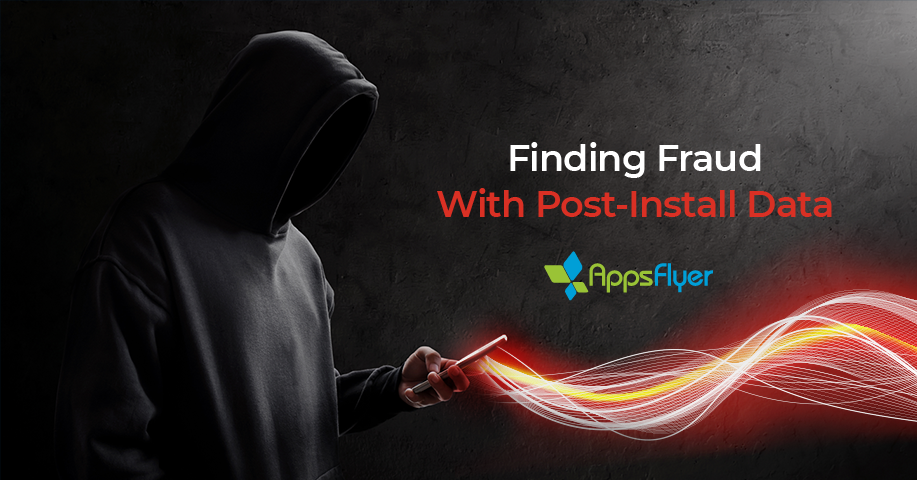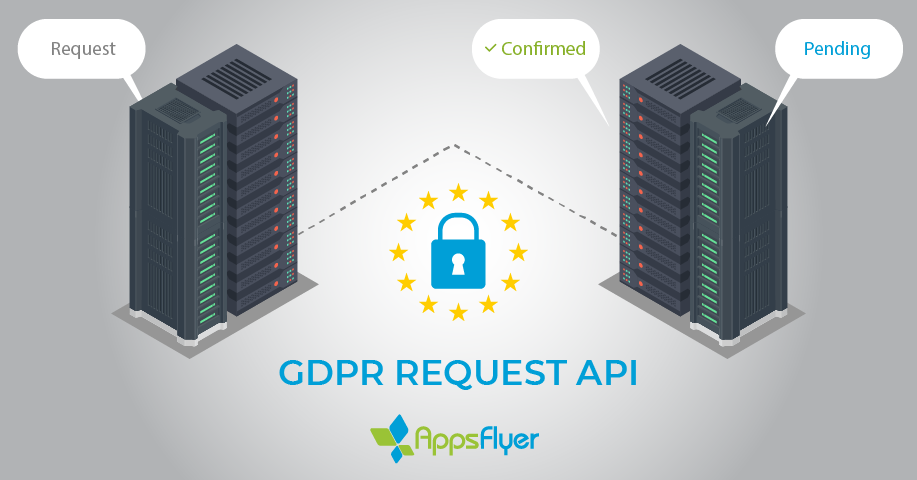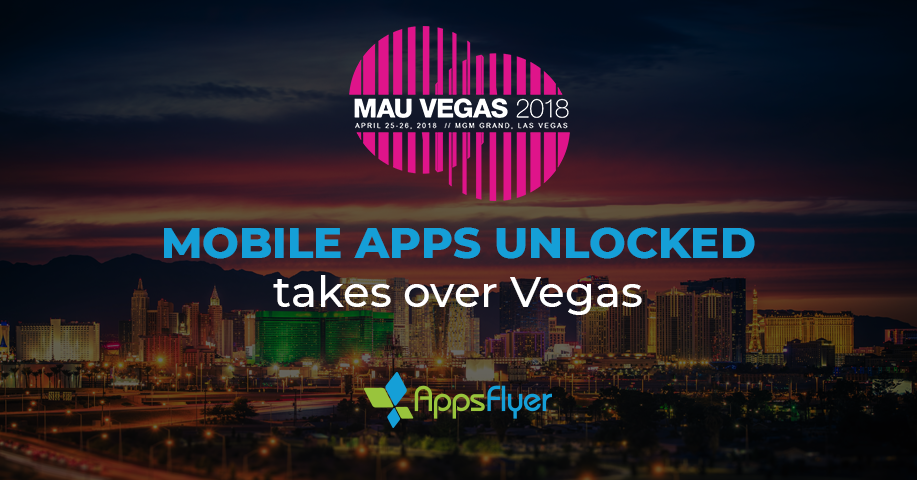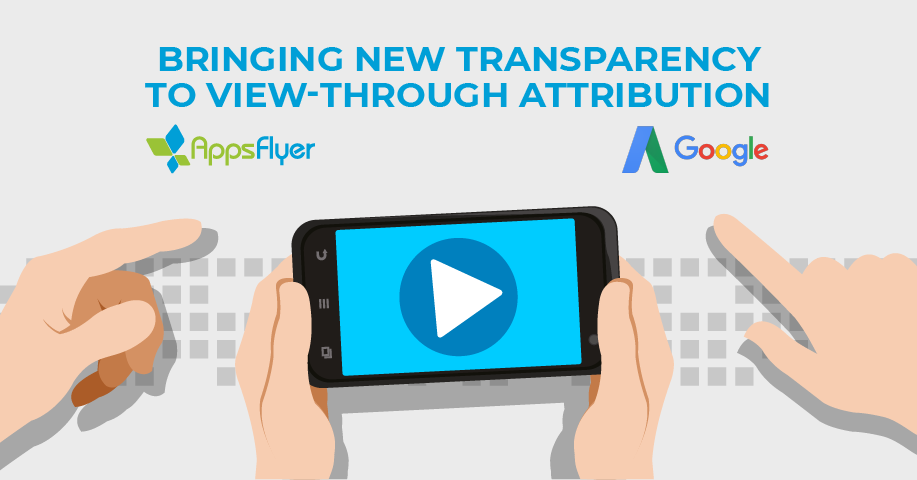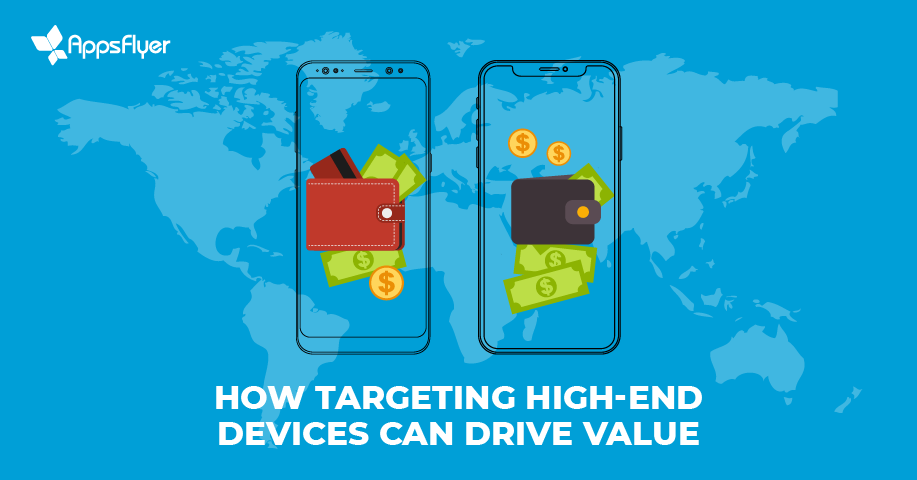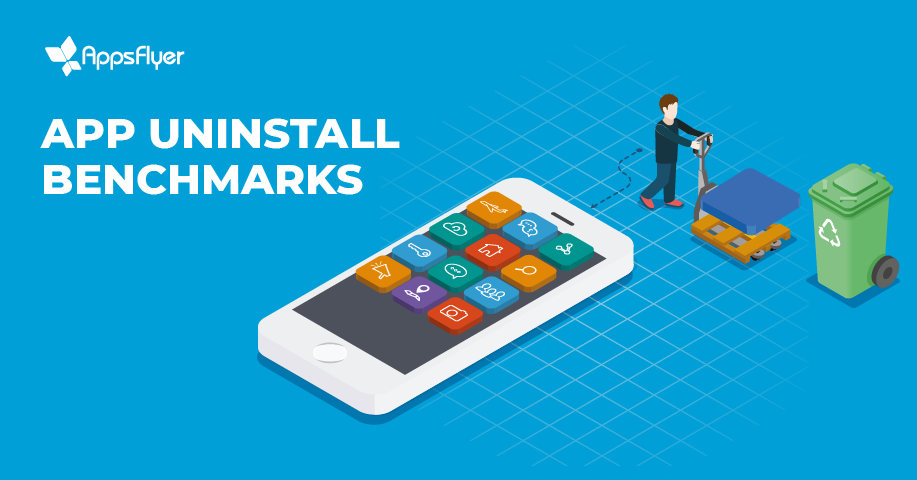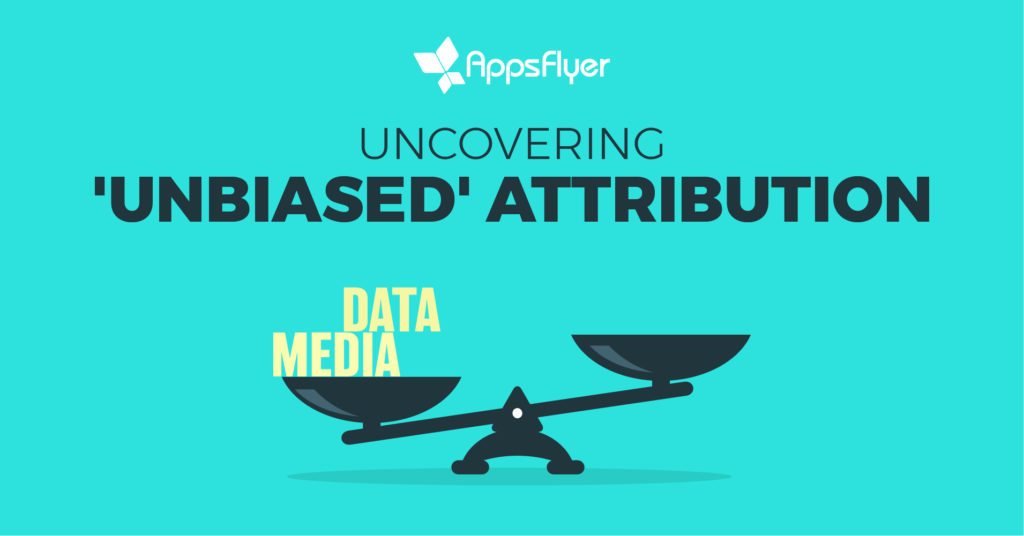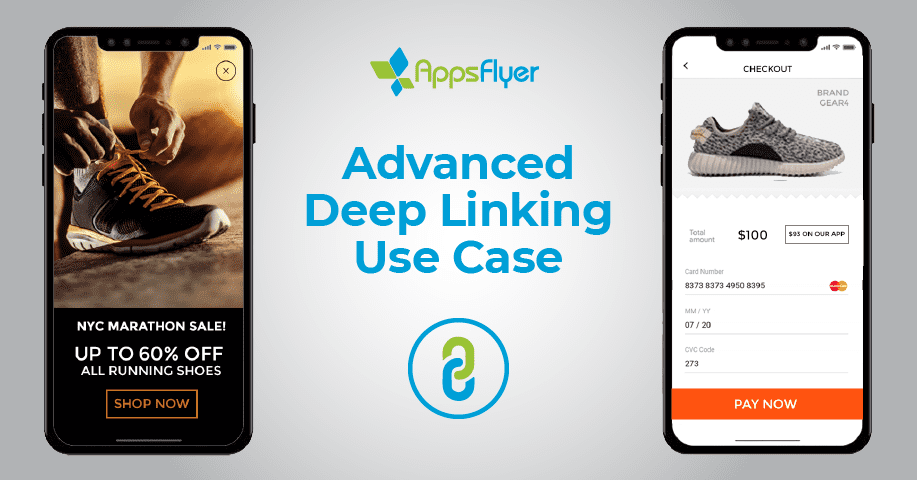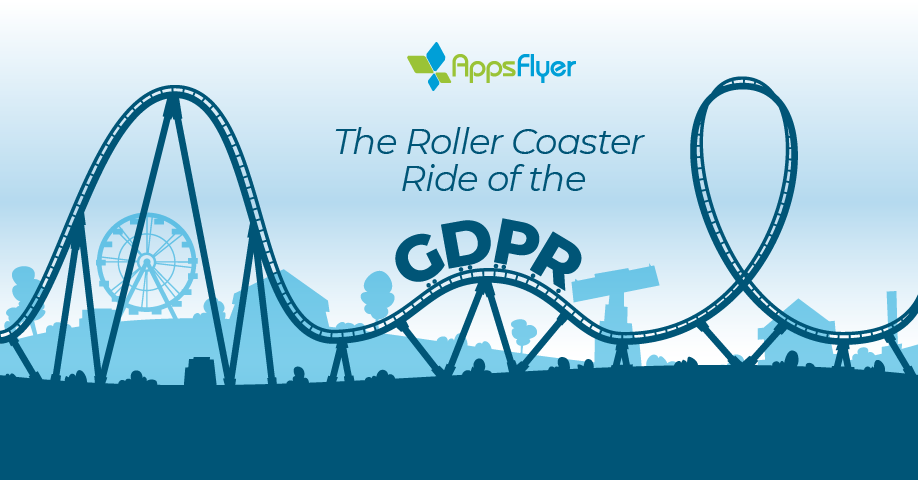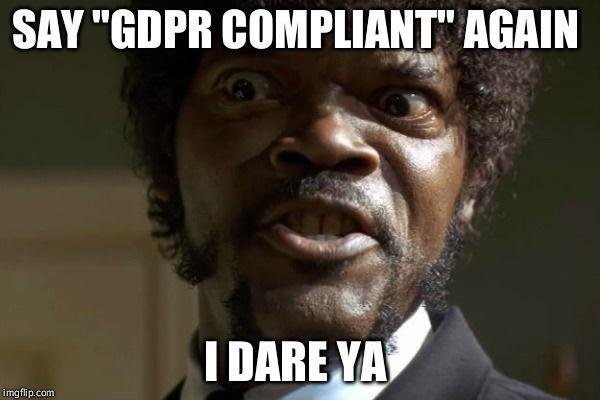![]()
If you’ve opened this post, you’re already sold on the importance of attribution to your mobile app business. Check. Actually, important is an understatement. Attribution can mean the difference between success and failure.
Sounds dramatic? Maybe. But this is a serious decision, and if you backtrack later and migrate to another provider, you’ll have to spend time and resources on SDK implementation, set-up, media configuration, in-app event configuration, deep linking, and on and on and on.
So choose wisely. But you’re not on your own. Hopefully, this Top 10 will help make your decision a little easier…
1. Official Measurement Partner of All Top Media Companies, Including Facebook and Google
If you’re doing paid user acquisition campaigns, your attribution provider should be an officially recognized measurement partner of all the top media sources: FB/Instagram, Google, Twitter, Snapchat, and the Chinese giant Tencent.
The top media sources, especially the big 2 — Facebook and Google — work with measurement partners who add significant value to their advertiser ecosystem through cutting edge innovation and service excellence. And they are thoroughly vetted for their capabilities, expertise and a solid track record of success. They are also held to high standards of data security and regularly audited to ensure they uphold these standards.
![]()
You should draw an important distinction between providers by looking at their depth of integration with these top media sources. Ideally, it should include impressions, clicks, cost, and the ability to automatically run audience campaigns such as retargeting (AKA Custom Audiences) and lookalike targeting. Measuring cost in particular is key to understanding the full ROI on your marketing efforts.
2. Scale and Market Share to Block Fraud
As mobile ad spend grows, fraudsters become more and more incentivized and emboldened. They are constantly developing new types of mobile ad fraud, stealing both organic and non-organic users through techniques such as click flooding, install hijacking, and faking users with device ID reset fraud. A recent AppsFlyer study shows that in 2017 just over 10% of installs globally were fraudulent, and app install fraud cost advertisers between $2.2-$2.6 billion.
How Serious Are They About Fighting Fraud?
Fraudsters have become increasingly sophisticated, adapting at alarming speeds to new developments in fraud defense. This means that your attribution provider should be serious and meticulous about always staying up to date with new types of fraud. How serious they truly are will be reflected in their allocation of resources, tools and expertise to fight fraud. But most importantly, effective anti-fraud efforts should be centered around:
- Massive cross-network scale and significant market penetration
- Machine learning to pull actionable insights from the data
In the end, your provider’s fraud solution should focus primarily on blocking but include post-install detection when real-time blocking is not possible.
Multi-Touch Attribution to Maximize Fraud Detection
Multi-touch attribution identifies sources before the last click that contribute to installs. This technique enables visibility across the user journey which helps optimize ad spend. It is also an important indicator of fraud; in particular, click flooding.
Click flooding involves sending a high volume of clicks, few of which correlate with an install. Media sources that engage in click flooding have unusually high contributor rates. Only attribution and anti-fraud providers with multi-touch attribution can calculate contributor rates.
Secure SDK
Finally, look for attribution providers with a secure SDK. Open source SDKs can be easily manipulated and exposed to fraud. When the code is visible to everyone, everyone means fraudsters as well. This is why It is important to make sure the attribution provider you choose uses a closed source SDK that is not exposed and cannot be easily reverse engineered. This makes it harder for fraudsters to attack.
3. You Should Be Given Access to Your Raw Data
Not all attribution providers offer raw data, and you must be able to access it. Raw data reports are like rough uncut diamonds for mobile marketers that can be cut and shaped into countless marketing and user behavior insights.
![]()
When we explore data, we often refer to two types: aggregated and raw.
Aggregated Data Is Not Enough
Why do you need these seemingly endless rows and columns of numbers if aggregated data on the dashboard already ties it all together? After all, insights are gathered from patterns, not specific users. Here’s why: Aggregated data is valuable. It’s clear, easy-to-use and offers quick, actionable insights. But it’s not enough. You also need data in its purest form — raw.
Create Highly Targeted Lists of Users to Customize Data Analysis
Raw data, for example, lets you create highly targeted lists of users you can use in audience campaigns. Aggregated data is in-depth, but you may want to customize your data analysis to your unique needs. You can mold raw data any way you like to get deep insights into different audiences, their behavior and lifetime value.
Raw Data Let’s You Discover Insights You Might Not Have Otherwise Discovered
Nobody knows your app or your customers like you do. Spend a little quality time getting to know your raw data. You’ll be surprised what’s there; and the marketing possibilities that await you: new market segments you hadn’t identified, new cohorts to optimize, a fresh set of challenges to address, new opportunities to act upon, etc. not all attribution providers offer this access.
Raw Data Helps You Fight Fraud
Raw data lets you fish out suspicious patterns, parameters or trends like installs or unique identifiers from the same IP, illogical timestamps (every second, every 5 seconds, etc.) and a lot of IDFAs for a single IDFV (identifier for a vendor). You can identify and resolve issues with in-app activity or postback fraud. You can also look for similar patterns in your device-level data, such as the device name, operating system, OS version and geolocation.
With Raw Level Data Comes … Freedom!
Your data is your most valuable asset. And just to be clear, it’s yours. You own it. Or at least that’s how it should work. If one day you choose to move to another vendor, if you have access to your raw data, you can just take it and move on. Without raw data, you are bound and chained to a specific vendor that has all your data and the power to decide its fate.
4. Proven, Reliable Attribution That Includes Deep Linking
If you know anything about deep linking, you’re probably sold on its benefits for mobile app growth and user retention. Just a few years ago, deep linking was a novel and complex technological innovation. Today, it’s pretty standard fare. All of the major attribution providers offer basic to advanced deep linking capabilities.
First Consider Attribution; Then Deep Linking
So when you’re choosing an attribution provider, ask about deep linking. But your primary consideration should be attribution. And by the way, these two components should not be divided among two vendors (more on this below).
When considering attribution, ask yourself, how experienced are they as an attribution provider? How many features do they offer? Can they handle scale? How many ad network integrations do they have? Do these include official measurement partner status with all the big media sources?
Doing attribution right takes years of research and technical development and building integrations and relationships with thousands of media sources. This level of scale will allow you the freedom to grow and diversify your marketing efforts.
Stick with One Vendor for Both Attribution and Deep Linking
As I alluded to above, there’s no point in doing deep linking with one vendor and attribution with another. Keeping the two under one roof has clear benefits: lower cost with one provider, one dashboard that shows all attribution and click data from your deep links, consistent reporting, data is easier to analyze, and it is easier to pipe information to a customer data platform.
![]()
5. Unbiased: No Media or Data Marketplace Business
![]() You must be able to have complete trust in your attribution partner. After all, your mobile advertising strategy will be based on data they provide. How can you be sure this data is impartial, and therefore 100% accurate?
You must be able to have complete trust in your attribution partner. After all, your mobile advertising strategy will be based on data they provide. How can you be sure this data is impartial, and therefore 100% accurate?
Before you sign the dotted line, you should ask these basic questions: Do they have financial relationships with ad networks? Does part of their business involve media buying and selling in a marketplace?
Attribution providers can be broken down into two categories: biased and unbiased. Biased providers also engage in selling of data or buying and selling of mobile ad media. This can create conflicts of interest and impartial business practices. No matter what they sell you in their pitch, you should dig a little to clarify whether their core business is exclusively attribution or if they have vested interests in other parts of the mobile advertising ecosystem.
Unbiased attribution providers only do attribution. Period. This ensures impartiality and independence. They can be trusted to measure and report on campaign performance and settle any reporting discrepancies by players on both the buy and sell sides of mobile advertising.
6. A Breakdown of Cost Data
Read carefully. The accuracy of your ROI measurement will depend on this: Do not settle for receiving cost data per campaign. Instead, make sure you can get access to cost data by ad group, creative versions, location, and publisher. The greater the granularity, the more data you’ll have for optimization.
Make your attribution/measurement provider insist on getting comprehensive cost data such as pricing model, value and currency. And make sure they are able to properly track this information and record it as money spent when installs are credited.
You also want your attribution provider to have a long list of network integrations for cost data. Why? The more integrations your provider has with cost data, the more likely the networks you work will be on that list. Your provider’s cost data integrations should include the top networks: Facebook, Google, Snap, and Apple Search Ads, etc.
![]()
7. Advanced Fingerprinting with Flexible Lookback Windows
Fingerprinting is an important part of mobile attribution. But it must be done accurately. Look for an attribution provider that knows how to change lookback windows dynamically to maximize accuracy.
Fingerprinting is commonly implemented specifically in public spaces such as airports where hundreds, thousands and even tens of thousands of users share the same IP address. IP address data is a major component of fingerprinting solutions, but it is often misleading, causing massive false attribution. When the pool of devices is too large, fingerprinting loses accuracy, reliability and and value.
To make matters worse, some attribution providers use fingerprinting even when device IDs are present on a click. Since fingerprinting should only be used as a fallback method when identifiers are missing, this becomes a missed opportunity to ensure attribuon accuracy.
So what is adaptive fingerprinting? An install from a home WiFi network shared by only two mobile phones is given a longer attribution lookback window. An install from a more popular and therefore less unique IP address is given a shorter window. When IP addresses are shared by thousands or tens of thousands of users, fingerprinting is not reliable and these populations of users are removed altogether.
![]()
The Bleeding Cash Cycle
The best attribution providers take accuracy very seriously. Ideally, they should use advertising IDs (the most accurate methods) as the go-to approach and only use fingerprinting as a fallback. Some providers will do attribution with IP or partial IP fingerprinting. This is a classic case of attribution providers cutting corners for their bottom line. This creates a lot of false positives, creating a situation in which advertisers bleed cash they could be pumping back into user acquisition and re-engagement.
When poor fingerprinting attributes organic installs as non-organic, advertisers find themselves in a “bleeding cash cycle.” In a bleeding cash cycle, misattributed organic installs falsely show strong UA campaign performance, and businesses invest in the wrong places. This drains budgets today and wastes tomorrow’s ad spend.
Recently, some of the largest global advertisers discovered that false attribution had doubled the cost of their media. Poor attribution technology was to blame.
8. Segment Existing Users to Boost Your User Acquisition
When you consider attribution providers, make sure you understand how comprehensive and effective their platform is when it comes to segmentation. They should help you build on the audiences you have and discover new audiences. They should provide deep, granular data to make segmentation both easy and rewarding. With granular segmentation, you can use rich in-app events to group your highest quality users. This has a tremendous effect on your ROI.
Effective segmentation will improve your app’s performance by enabling retargeting, lookalike targeting, uninstall recovery, exclusion targeting, cross-app promotions, and better informed decisions on creatives and budgets.
Your provider should also have the ability to fully automate the process of transferring segmented data to your media partner.
![]()
9. Configurable Dashboard That Provides Actionable Insights
A well-designed dashboard lets you extract actionable insights instantaneously, using configurable visualizations to paint clear pictures. Your attribution dashboard should make it easy to understand what your next course of action will be: do I need to shift my budget around? Do I need to stop a specific campaign? Am I being hit by fraud? The answers should literally jump off the screen. Without a dashboard that can tell you the right story through visualizations, it’s easy to get caught drowning in a sea of data, searching for pieces of a large puzzle; left to fend for yourself.
![]()
10. The R&D Team Is Much Larger Than the Sales Team
This is a question of values over bottom line. Here’s a way to get a sense of if the attribution provider is truly focused on your success as an advertiser (to be clear, all attribution providers will claim that your success is their focus and mission).
Take a look at the size ratio of the provider’s R&D team vs. their sales team. If they have a significantly greater number of R&D professionals, this means they are more focused on always innovating and improving their products. It will also indicate their capacity to release new features more often (which improves your experience). These providers are primarily focused on their customers’ success rather than their bottom line.
All 10 points boil down to one simple question: Who can you trust to be (obsessively) focused on one thing and one thing only — the success of your mobile app business.
The post Top 10 Things to Look for In An Attribution Provider appeared first on AppsFlyer.
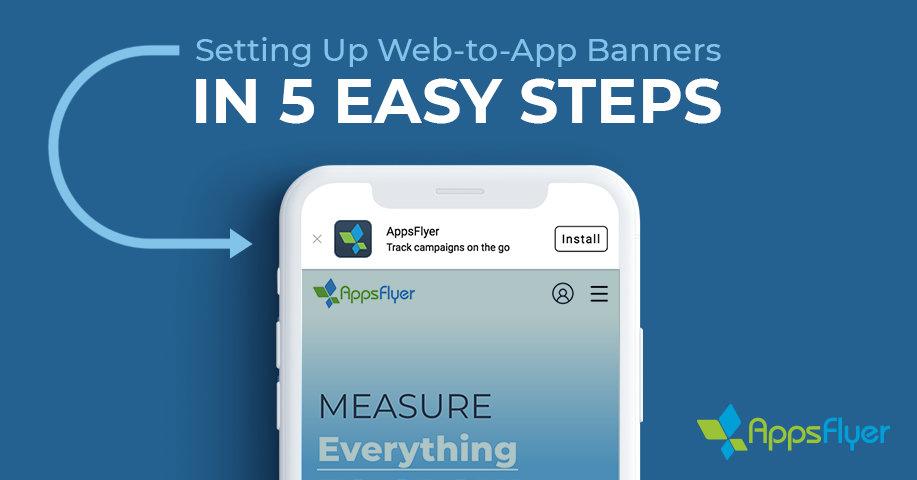




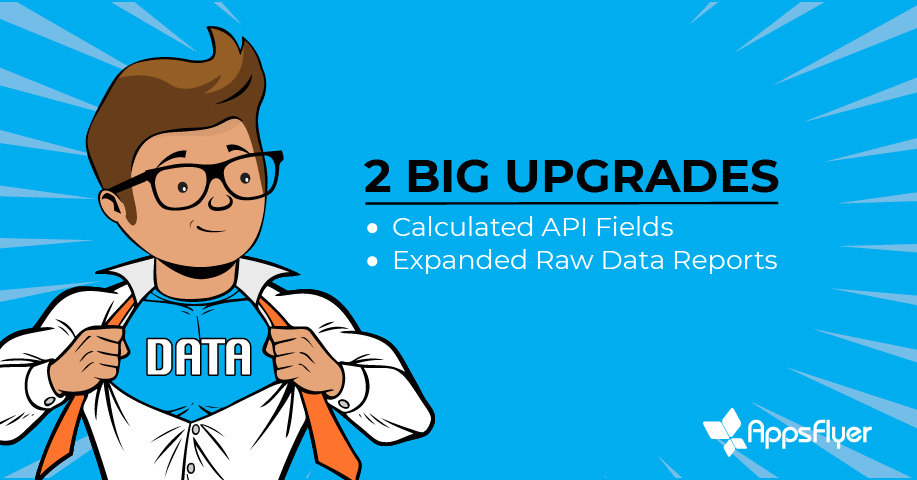
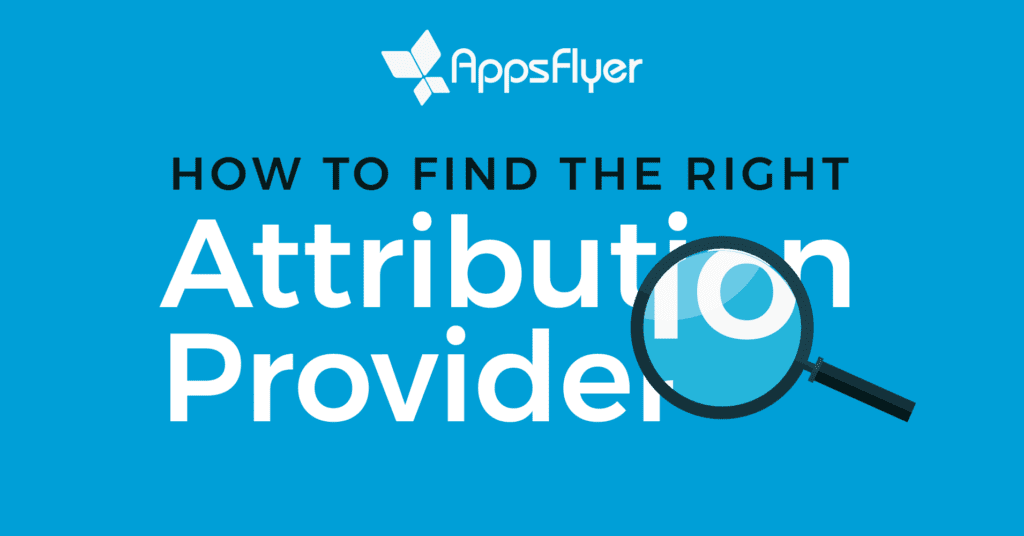



 You must be able to have complete trust in your attribution partner. After all, your mobile advertising strategy will be based on data they provide. How can you be sure this data is impartial, and therefore 100% accurate?
You must be able to have complete trust in your attribution partner. After all, your mobile advertising strategy will be based on data they provide. How can you be sure this data is impartial, and therefore 100% accurate? 














